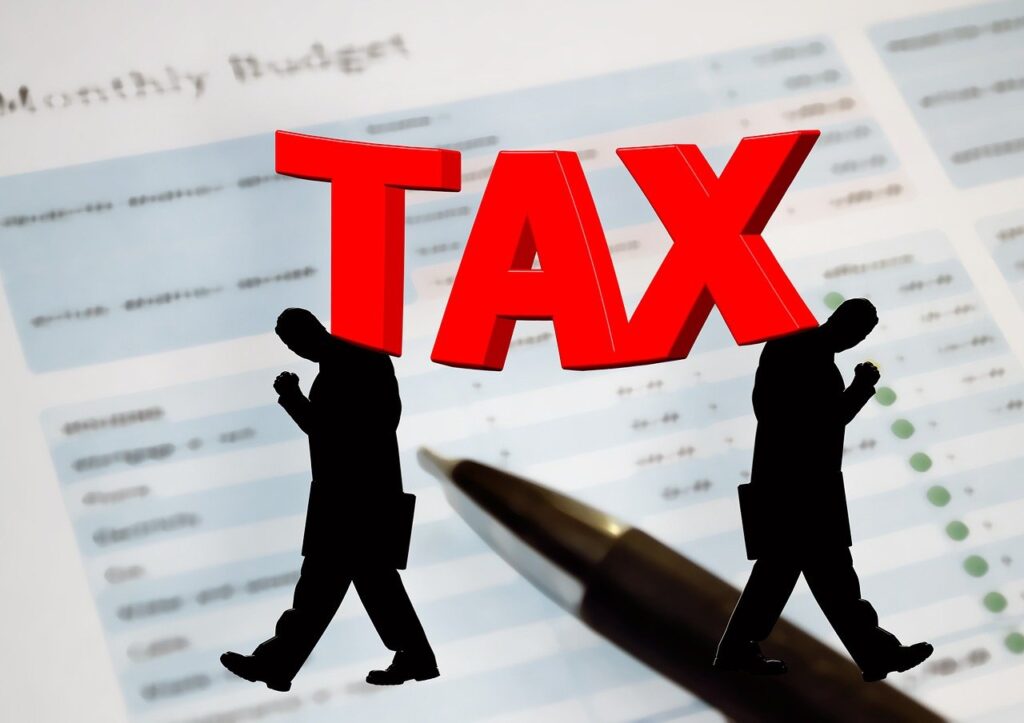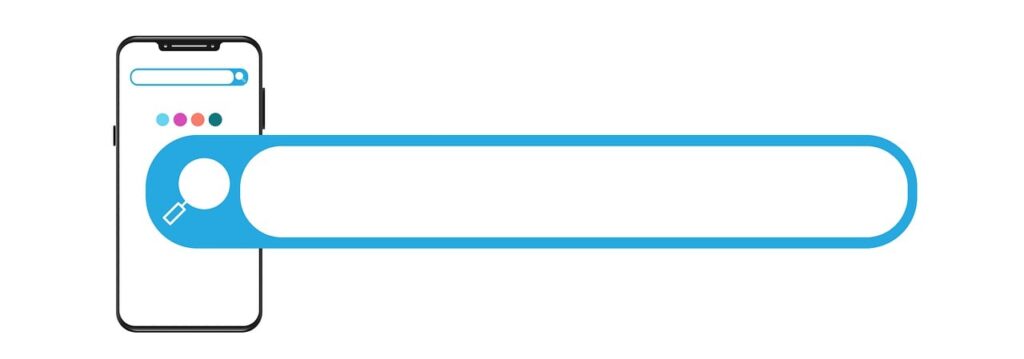Tax season often brings a surge of excitement, and for many Americans, that excitement culminates in the arrival of a tax refund. While the allure of spending this unexpected windfall on a fun vacation or a new gadget is strong, a tax refund represents a powerful opportunity to make significant strides in your financial health, particularly concerning your auto loan or upcoming car purchase.
Indeed, with the average tax refund often hovering around the $3,000 mark—the IRS reported an average of a little over $3,271 paid out as of March 2025—this lump sum can be a game-changer. Imagine the potential: whether it’s making a major dent in a car down payment or aggressively paying off your current auto loan, this money can pave the way for real savings and reduced financial stress. It’s not just about the short-term thrill; it’s about strategically building a more secure financial future.
This in-depth guide is designed to empower you with actionable insights, transforming that tax refund into a strategic tool for managing your vehicle financing. We’ll explore the smartest ways to apply your refund, from tackling existing loan principal to optimizing new car purchases and even fine-tuning lease agreements. Prepare to uncover practical steps that will help you save money on interest, lower monthly payments, and accelerate your journey to financial freedom.
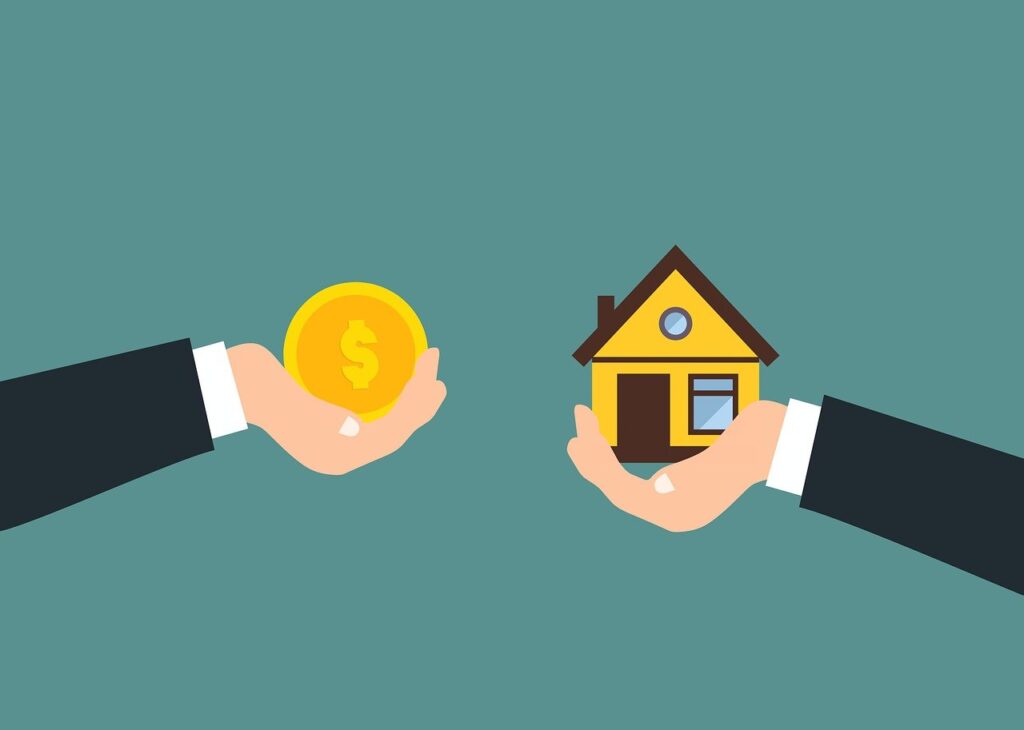
1. **Assess Your Current Loan Situation**
Before you dive into making any financial moves with your tax refund, the absolute first step is to gain a clear understanding of your current car loan. This isn’t just about knowing your monthly payment; it’s about reviewing the fine print: the remaining balance, the interest rate, the full loan term, and any specific clauses within your loan agreement. This thorough assessment serves as your financial map, guiding all subsequent decisions.
Understanding these critical details will directly influence the most effective way to deploy your refund. For instance, if your car loan carries a high-interest rate, a direct payment towards the principal could result in substantial long-term savings. Conversely, if your interest rate is remarkably low, you might find greater financial benefit by allocating your refund to other areas, such as a higher-yield savings account or tackling debts with even steeper interest charges.
Taking the time to scrutinize your loan agreement is paramount. Pay close attention to any clauses regarding early payment fees. While these are less common with auto loans than with some other types of debt, it’s always wise to be certain. “But before you use your refund to pay down your loan, check the fine print on your loan agreement to avoid any potential early payment fees.”
This initial, informed evaluation ensures that whatever path you choose, it aligns perfectly with your financial goals and maximizes the impact of your tax refund. It prevents impulsive decisions and sets you up for truly intelligent money management.
Read more about: Beyond the Showroom: Unveiling 14 Visionary Vehicle Prototypes That Never Saw Production
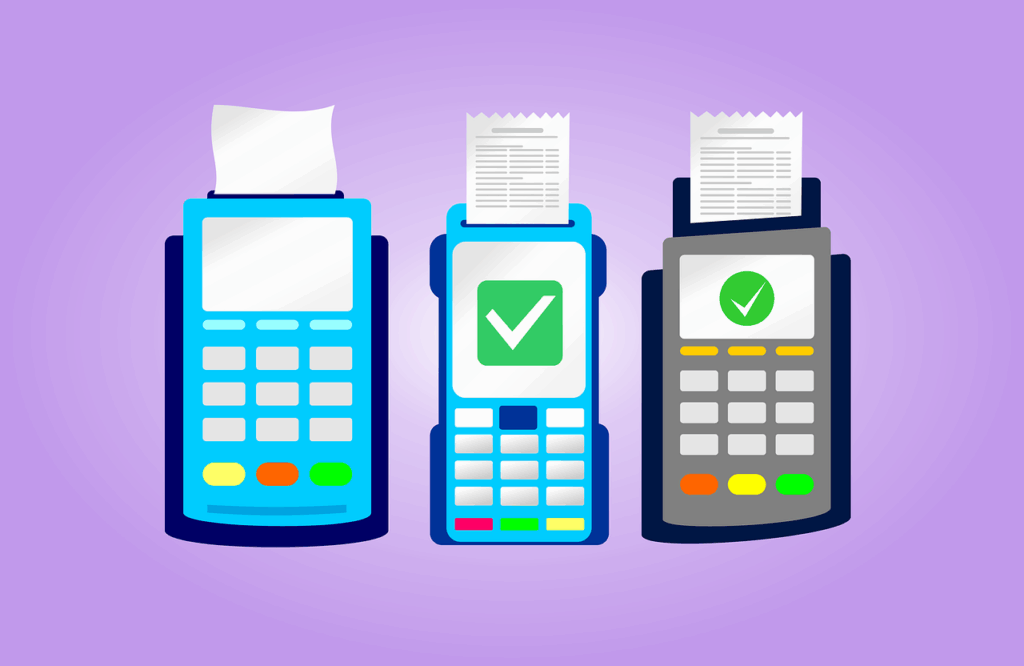
2. **Pay Off Your Current Car Loan in Full (If Possible)**
For many, the dream of owning their car outright is a powerful motivator. If your tax refund is substantial enough to cover your entire outstanding car loan balance, this presents an unparalleled opportunity to realize that dream. Paying off your loan in full is a move that delivers immediate and significant financial benefits, offering a level of freedom that few other financial actions can match.
By settling your car loan entirely, you immediately “eliminate monthly payments, save on interest, and gain financial freedom sooner than expected.” Imagine that extra cash flow each month, suddenly available for other priorities. No more worrying about that specific bill, and the liberation from interest charges accumulating day after day is a relief that truly adds up over time.
This strategy is particularly impactful because it doesn’t just save you a few dollars here and there; it fundamentally reshapes your monthly budget. The money previously earmarked for your car payment can now be strategically reallocated toward building a robust emergency fund, accelerating other debt payments, or boosting your investment portfolio, all contributing to a more secure financial future.
Achieving this milestone creates a ripple effect of positive financial habits. It not only reduces your overall debt burden but also frees up mental energy, allowing you to focus on growth and long-term wealth building, unencumbered by ongoing vehicle debt.
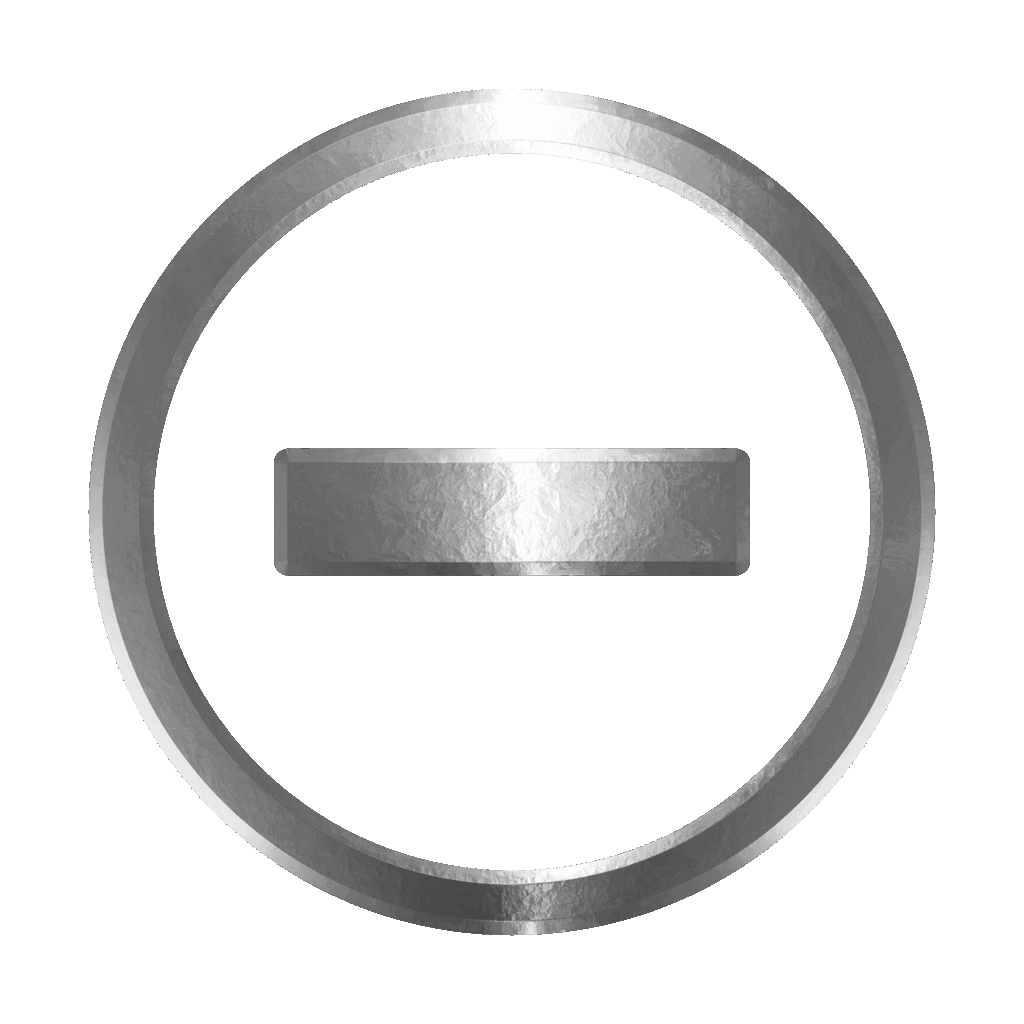
3. **Make a Strategic Lump-Sum Payment to Reduce Principal**
Even if your tax refund isn’t quite enough to completely wipe out your car loan, making a large lump-sum payment directly towards your principal balance is an incredibly savvy financial maneuver. This approach still generates substantial savings over the life of the loan, especially if your vehicle financing comes with a higher interest rate.
“Reducing the principal balance of your loan can help you save money on interest over time, especially if your car loan has a high-interest rate.” Each dollar you contribute to the principal means less interest accrues on that amount going forward, effectively shortening the duration of your loan and decreasing the total amount you’ll pay. It’s a direct attack on the cost of borrowing.
While a lump-sum payment might not immediately reduce your required monthly payment (unless you specifically request a re-amortization from your lender), it significantly diminishes the total number of payments you’ll have to make. This strategy is particularly beneficial if you want to accelerate your loan payoff timeline and reduce the overall cost without necessarily altering your immediate cash flow.
To truly appreciate the impact of this move, consider using an online amortization calculator. By inputting your loan details and then factoring in your lump-sum payment, you can visualize precisely how much interest you’ll save and how much quicker you’ll be debt-free. It turns abstract numbers into tangible financial gains.
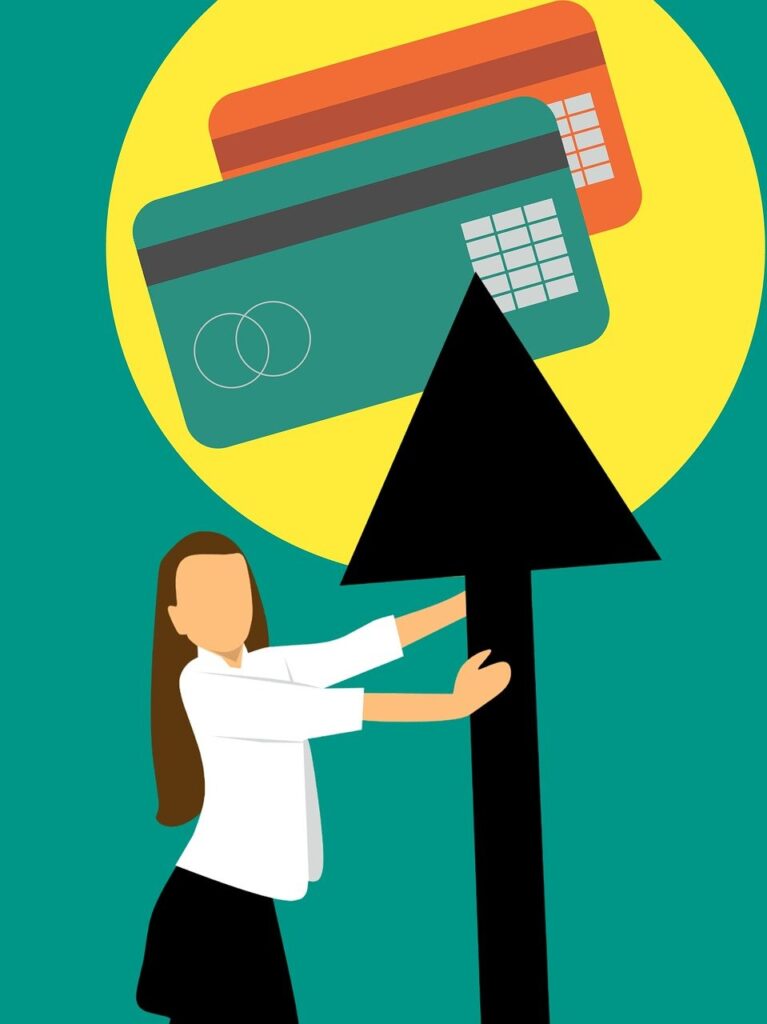
4. **Refinance Your Car Loan After a Lump-Sum Payment**
Making a substantial lump-sum payment to your auto loan principal can do more than just save you interest; it can also set the stage for an even smarter financial move: refinancing. Once you’ve demonstrably reduced your outstanding balance, your financial profile in the eyes of lenders can improve significantly, opening doors to more favorable loan terms.
“If you’ve made a significant payment towards your car loan but still have a balance, consider refinancing your loan to take advantage of lower interest rates or more favorable terms.” Refinancing offers a powerful opportunity to reshape your loan, potentially leading to a lower monthly payment, a shorter loan term, or a reduced interest rate, all of which translate into greater savings and flexibility.
Lenders often view borrowers who actively reduce their debt as less risky. “Lenders are more likely to offer favorable terms when they see you’ve paid down a substantial portion of your debt.” This improved standing, combined with potentially better credit scores or a general dip in market interest rates since you first took out your loan, can result in qualifying for a much better deal.
Even if your credit has improved over the course of the loan, or if interest rates have fallen, then you may be able to get better terms on the refinanced loan, like a lower APR. A lower Annual Percentage Rate (APR) directly translates to less money spent on interest over the remaining life of the loan, making refinancing after a lump-sum payment a highly strategic move for long-term savings.
5. **Use Your Refund as a Significant Down Payment on a New Vehicle**
If a new vehicle is on your horizon, your tax refund can play a pivotal role in securing more advantageous financing terms and reducing your overall cost of ownership. Leveraging your refund as a substantial down payment is one of the most impactful ways to use this money when acquiring a new car.
“The higher your down payment on your vehicle, the lower your monthly cost and the less interest you will pay over time.” This fundamental principle of car financing means that putting more money down upfront reduces the amount you need to borrow. A smaller loan principal directly translates to less interest accruing over the loan term and, typically, a lower monthly payment, making the vehicle more affordable in the long run.
Financial experts frequently recommend aiming for at least “20 percent of the vehicle’s value as a down payment.” While an average tax refund of around $3,000 might not cover a full 20 percent on an expensive new car, it can still make a substantial contribution. For example, the context notes that “a refund of $3,000, for example, goes a long way toward covering the typical 12 percent down payment on a new car” (based on an average new-car price of $34,870 in November 2017).
Consider the power of this injection of cash: if you have a trade-in worth $5,000 and add a $3,000 tax refund to your down payment, making it $8,000 total, on a $20,000 car financed at 2.9% APR over 60 months, your monthly payment drops from $268.86 to $215.09. That’s a potential saving of $53.77 per month and significant interest savings over time, as highlighted in the provided context. This demonstrates how a tax refund can directly impact your financing costs, giving you more financial breathing room and saving you money.
Read more about: Consumer Alert: 13 Essential Safeguards Against the Hidden Dangers of Buying a Car Sight Unseen Online

6. **Consider Buying Out Your Lease**
For those currently driving a leased vehicle, your tax refund presents an interesting opportunity: buying out your lease. This option allows you to transition from merely driving a car to owning it outright, and your refund can provide the necessary capital to make this a financially sound decision.
This path is particularly attractive “If the car or truck has a higher value than the buyout cost and you want to keep driving it, this may be a good option to explore.” By using your tax refund to cover or significantly contribute to the buyout amount, you can lock in the vehicle at a potentially favorable price, especially if its market value has appreciated or is higher than the predetermined residual value in your lease agreement.
Buying out your lease allows you to stop the cycle of recurring lease payments and start building equity in a vehicle you’re already familiar with. You avoid the hassles of returning the car, potential excess mileage fees, or wear-and-tear charges that can arise at the end of a lease term. Your refund essentially transforms a temporary arrangement into a long-term asset.
Before proceeding, meticulously review your lease agreement to understand the exact buyout cost and any associated fees. Comparing this cost to the current market value of the vehicle will help you determine if using your tax refund for a lease buyout is indeed a smart financial play that puts you in a position of ownership and potentially saves you money in the long run.
Read more about: America’s Iconic Sports Car: Decoding the Most Problematic Corvette Models in History to Help You Buy Smart
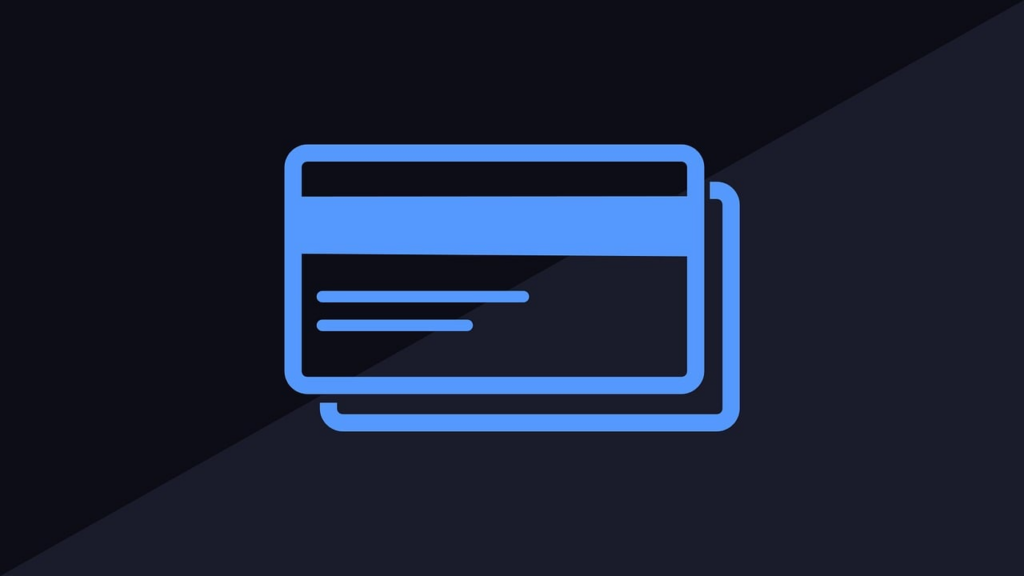
7. **Fund Future Lease Payments (Instead of a Down Payment on a Lease)**
While using a tax refund as a down payment on a vehicle purchase is often a smart move, the strategy shifts significantly when it comes to leasing. In most cases, putting a large down payment on a leased vehicle isn’t generally recommended, and your tax refund can be better utilized elsewhere to strengthen your financial position.
As the context clarifies, “putting a down payment on a leased vehicle isn’t usually recommended unless you need to lower the monthly payment.” The primary reason for this cautionary advice is that “if you make a down payment, the overall cost of leasing doesn’t change — and you will be out that money if the car gets totaled.” Should the leased vehicle be declared a total loss, that upfront cash contribution is typically lost, as gap insurance usually covers the difference between the car’s value and the amount owed, not your initial down payment.
Instead of tying up your refund in a potentially risky lease down payment, a far smarter alternative is to keep that money liquid. Consider “putting the money into a bank account. Use it to cover a few months of future lease payments when money is tight.” This strategy creates a robust financial buffer, offering peace of mind and flexibility.
Having several months’ worth of lease payments readily available provides a crucial safety net. If unexpected financial challenges arise during your lease term, you have dedicated funds to ensure your payments are met, protecting your credit and preventing late fees. This approach maximizes the utility of your tax refund by providing financial security without the inherent risks of a lease down payment.
Beyond directly tackling your auto loan or vehicle purchase, your tax refund offers a wealth of opportunities to strengthen your overall financial foundation. The strategic allocation of this money can have lasting benefits, from bolstering your safety net to ensuring you make the smartest possible decisions when it comes to any future car buying. It’s about looking beyond the immediate and embracing a holistic approach to your financial well-being.
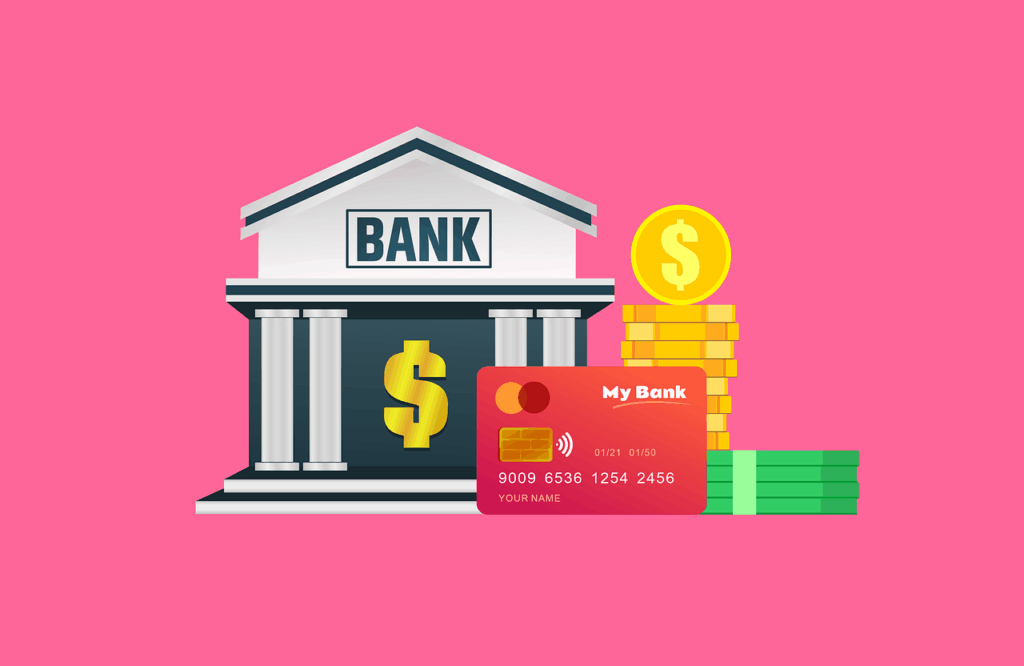
8. **Prioritize High-Interest, Non-Auto Debt First**
While your car loan might feel like a major financial burden, it’s crucial to compare its interest rate with those of your other outstanding debts. Often, credit card balances or personal loans carry significantly higher interest rates than typical auto loans. Ignoring these can mean paying far more in interest over time.
“But your car loan or lease might not be your top financial priority. Compare the interest rates on your other debts with your car loan. If you have high-interest credit card debt, you will likely save more by paying it off rather than your car loan.” This principle is a cornerstone of smart financial planning, ensuring your money works hardest where it can save you the most.
Directing your tax refund toward these high-interest debts is a powerful move. It’s akin to stopping the bleeding first before applying a bandage. By reducing these balances, you immediately cut down on the most expensive interest charges, freeing up more of your income for other goals.
Consider listing your debts from highest to lowest interest rate. You can then apply your entire refund to the account with the highest rate while maintaining minimum payments on the rest. This strategy, known as the debt avalanche, is a mathematically sound way to accelerate your journey to becoming debt-free and save a considerable amount of money.
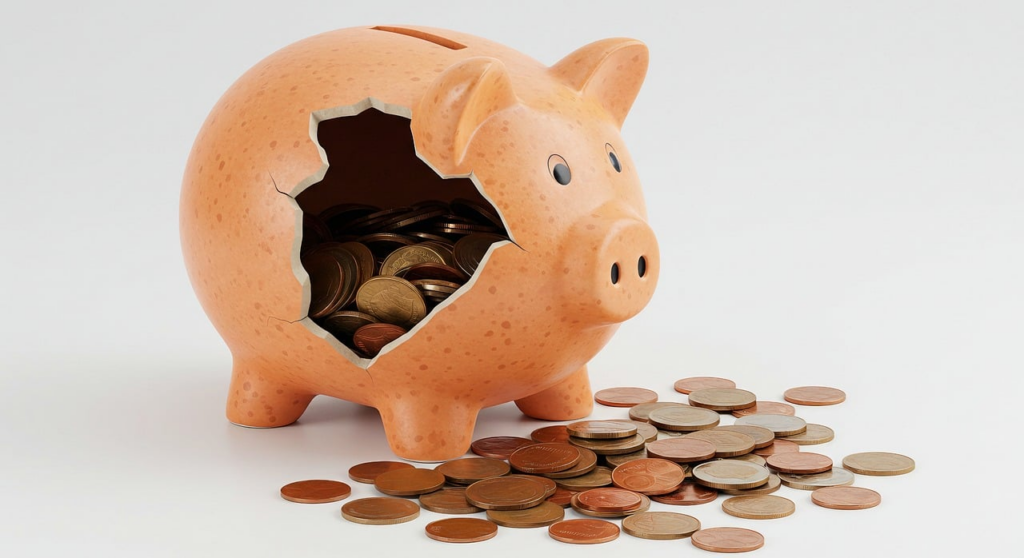
9. **Build or Boost Your Emergency Fund**
Before making any significant debt payments, it’s always wise to ensure your basic financial needs are met and you have a safety net in place. Unexpected expenses can arise at any moment, and without an emergency fund, you might find yourself taking on new debt to cover them. Your tax refund is an ideal source to establish or fortify this crucial buffer.
“Pam Ladd, a certified public accountant… suggests using your tax refund to bump up your emergency fund, or set one up, if you don’t have one.” This fund provides peace of mind and prevents you from falling into financial distress due to unforeseen events like job loss, medical emergencies, or sudden car repairs. It’s about creating resilience.
Financial planners like Said Israilov recommend “socking away at least three to six months’ worth of living expenses.” Having this level of savings ensures you can navigate unexpected life challenges without disrupting your broader financial plan, including your car payments. It builds a foundation of security.
If accumulating three to six months of expenses feels daunting, don’t be discouraged. Even a smaller initial goal, like a few hundred dollars, can provide a decent cushion and mark a significant step towards financial stability. Every dollar saved in an emergency fund is a dollar that prevents future debt.
Read more about: Behind the Grease and Grime: 12 Cars That Make Mechanics Secretly Cheer (Or Curse) When You Roll In

10. **Don’t Reveal Your Refund to the Dealer**
Receiving a tax refund can be incredibly exciting, especially if you’re planning to use it for a car-related purpose. However, when you step onto a dealership lot, it’s crucial to keep this financial windfall to yourself. Your refund is a powerful negotiating tool, and revealing it can inadvertently weaken your position.
“Although receiving extra cash through the refund process is exciting, do not publicize it when at the lot.” This advice is paramount because, to a salesperson, knowing you have a lump sum of cash on hand signifies flexibility and less resistance to higher prices or less favorable terms. It gives them an advantage.
“Revealing how much money you have can hurt your chances for effective negotiation.” Your goal is to secure the best possible deal, and that means keeping your financial specifics close to your chest. Let the dealer focus on the vehicle’s price and your desired financing terms, rather than how much cash you’re willing to put down from your refund.
Instead, act as if you’re approaching the purchase with standard financing. Present your down payment amount as a general figure, rather than explicitly stating it comes directly from a tax refund. This subtle but effective strategy helps you maintain control of the negotiation process and secure more favorable terms.
Read more about: Mark Cuban’s Ultimate Playbook: 15 Timeless Tips to Fortify Your Retirement Against Financial Disaster
11. **Do Your Research and Get Preapproved**
The excitement of using your tax refund for a vehicle shouldn’t lead to impulsive decisions. Buying a car is a significant financial commitment, and rushing the process can result in regrettable choices. Taking the time to plan and prepare is key to maximizing the impact of your refund.
“If a new vehicle is in your future, determine what vehicle you want and which financing option will save you money before tax season ends.” This proactive approach ensures that once your refund arrives, you’re not pressured into making a large financial decision on a whim, but rather execute a well-thought-out plan.
Crucially, “Research both cars and auto lenders to better your position.” This means not only comparing models and features but also understanding the current interest rates and loan terms offered by various financial institutions. Being informed empowers you at the negotiating table.
One of the smartest moves you can make is to “try and get preapproved before visiting a dealership.” Preapproval provides you with concrete loan terms, including the total loan amount, term, and APR, upfront. This allows you to shop with the confidence of a cash buyer, knowing exactly what you can afford and avoiding any surprises in the finance office.
Read more about: 22 Car Salesman Tricks They Don’t Want You Knowing
12. **Consider Buying a Used Vehicle**
While the allure of a brand-new car can be strong, using your tax refund to purchase a used vehicle often makes better financial sense. Opting for a pre-owned model allows your refund dollars to stretch considerably further, potentially securing a higher-quality vehicle or even allowing you to pay for it entirely.
“Look at less-expensive used vehicles to make the most of your refund.” This approach enables you to potentially own a vehicle outright much sooner, or put a substantial down payment on a more reliable, slightly older model, significantly reducing your loan amount and interest payments. The savings can be substantial.
When considering a used car, thorough due diligence is paramount. “If you decide to buy used, request a vehicle history report and have the car inspected by a mechanic.” These steps are non-negotiable, as they help you uncover any past or ongoing problems with the car, which could save you serious money and headaches down the road.
A well-researched used car purchase, combined with a strategic tax refund investment, can provide excellent value and long-term reliability without the rapid depreciation associated with new vehicles. It’s a pragmatic choice for maximizing your financial benefit.
Read more about: Why American Pickup Trucks Became Colossal: Unpacking the Complex Web of Regulations, Culture, and Market Forces

13. **Invest in Vehicle Maintenance or Upgrades**
For many, a new vehicle isn’t in the cards, but their current car could still benefit from a tax refund. If your existing vehicle is reliable but needs some attention, your refund can be strategically used to cover essential maintenance or smart upgrades, extending its life and improving your driving experience.
“Trading in or buying a vehicle right now may not make sense for you. Instead, maybe the time is right to get the brake job you’ve been putting off or install a new set of tires.” These types of preventative maintenance not only ensure your safety but also prevent more costly repairs down the line. It’s an investment in longevity.
Beyond critical repairs, consider using your refund to upgrade your auto insurance coverage. While seemingly an added expense, reviewing your policy for enhanced protection, or simply ensuring you have sufficient coverage, can provide vital financial security in case of an accident. Resources like Insurify can help you compare options.
This intelligent allocation of your tax refund ensures your current vehicle remains a safe, efficient, and reliable mode of transportation. It demonstrates a commitment to financial prudence by safeguarding an existing asset and potentially deferring the need for a new car purchase.
Read more about: Beyond Self-Parking: Unveiling 12 Transformative Futuristic Car Features That Will Revolutionize City Driving

14. **Plan for Long-Term Financial Security and Goals**
Ultimately, your tax refund isn’t just about addressing immediate financial needs; it’s a springboard for achieving broader long-term financial security and personal goals. Once your urgent debts are under control and your emergency fund is healthy, think about how this financial boost can pave the way for a more stable future.
“Set Up a Plan for Future Financial Security.” This involves considering larger financial objectives beyond just your car, such as building a robust retirement savings account, saving for a down payment on a home, or funding a child’s education. Your refund can provide an initial boost to these important endeavors.
It’s also essential to “Keep your values in mind.” Financial planning is deeply personal, and what works for one person might not align with your unique priorities. If a specific lower-rate debt, like your car loan, being completely paid off brings you immense peace of mind, that personal value might outweigh a purely interest-rate-driven decision.
While prioritizing responsible financial moves, remember the importance of balance. “I’m a huge proponent of ‘treat yourself,’” says a CFP, “It’s just making sure that you’re doing it in a way that’s actually satisfying, and not in a way that feels good in the moment but is going to leave you feeling kind of empty after the fact.” Allocate a small portion for something that brings you genuine joy, ensuring your financial discipline doesn’t feel like deprivation.
Read more about: Navigating the Crossroads: Key Legal and Policy Shifts Redefining the Trucking Industry in 2025
Navigating your finances can often feel like a complex journey, but your tax refund arrives as a powerful co-pilot, ready to guide you towards greater stability and freedom. By thoughtfully applying these strategies, from smartly managing your auto loan to bolstering your emergency savings and preparing for future financial milestones, you transform a temporary windfall into a lasting advantage. This isn’t just about spending money; it’s about investing in a more secure, empowered version of your financial self, driving confidently toward the road ahead.”

